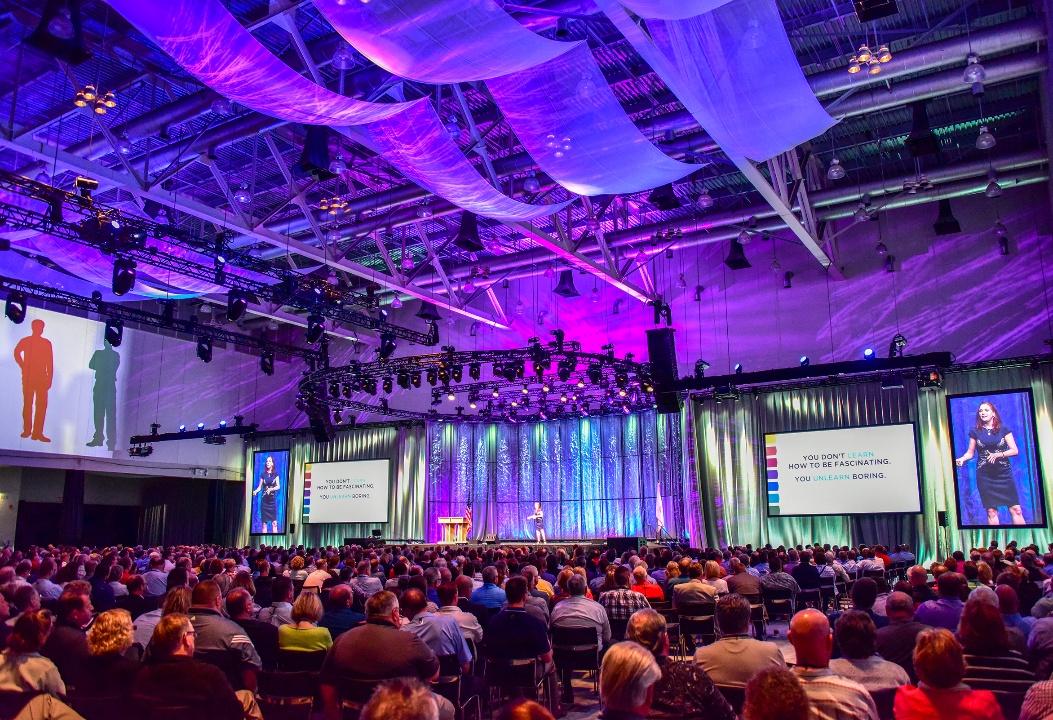How Manufacturing Business Change Ideas Into Compelling Visuals
The procedure by which manufacturing companies transform abstract ideas right into engaging visuals is both intricate and methodical, starting with the crucial stages of ideation and script advancement. As the task progresses through pre-production, production, and post-production, each stage needs careful interest to information and positioning of imaginative components.
Comprehending the Creative Refine
While the creative process may differ significantly from one manufacturing company to one more, it commonly entails a structured method that stabilizes imaginative vision with functional implementation. The process begins with ideation, where concepts are conceptualized and improved. Throughout this phase, innovative teams engage in discussions that explore motifs, stories, and aesthetic designs, making certain that the core message straightens with the designated audience.
Following ideation, the development stage takes spotlight, where manuscripts, storyboards, and shot listings are diligently crafted. This stage is necessary as it equates abstract concepts into substantial strategies, promoting a smoother production process. The innovative group works together very closely, making certain that every facet, from casting to area looking, mirrors the artistic intent.
Post-production better fine-tunes the visuals and sound, finishing in a refined last product that resonates with the target market. Thus, recognizing this structured innovative procedure is important for valuing how manufacturing companies transform principles into compelling visuals.

The Duty of Partnership
Just how does cooperation boost the imaginative result of manufacturing business? At its core, partnership is a vital catalyst that cultivates innovation and imagination within the production landscape.

Additionally, collaboration motivates open interaction, which is important for browsing the intricacies of manufacturing. It grows an atmosphere where responses is valued, enabling iterative renovations and adjustments that boost the end product. Inevitably, the collaborative spirit within production firms offers to transform preliminary principles into compelling visuals that mesmerize visitors, reinforcing the significance of synergy in attaining artistic excellence.
Pre-Production Fundamentals
Pre-production is a critical stage in the filmmaking procedure, frequently including 5 essential steps that prepared for an effective manufacturing. The initial step involves script advancement, where the screenplay is improved, guaranteeing that the narrative is cohesive and compelling. This is complied with by budgeting, which develops the economic structure for the task, identifying key expenses connected to cast, crew, locations, and devices.
The third step is casting, a crucial procedure that includes choosing the ideal actors to depict the characters authentically. A well-cast film can substantially improve the tale's effect. Next, location scouting is conducted to locate ideal recording websites that straighten with the vision of the project, taking into consideration logistical factors such as accessibility and permits.
Recording the Vision in Manufacturing
In the dynamic environment of a movie collection, catching the vision in production requires thorough sychronisation and partnership among all divisions. Each group, from cinematography to art direction, plays an important function in equating the screenplay right into visual images that resonates with audiences. The supervisor's vision should be effectively connected to make certain that every shot, angle, and illumination choice straightens with the overarching narrative.
Cinematographers are tasked with choosing video camera tools and lenses that finest convey the tale's find out here now tone, while production developers create immersive settings that improve the aesthetic experience. Wardrobe and makeup teams contribute by forming characters via their look, reinforcing the story's themes.
Audio design and songs additionally complement the visuals, establishing psychological context and heightening target market engagement. Daily control meetings and on-set communication networks help with real-time changes, guaranteeing that any kind of innovative subtleties are captured as they develop.
Inevitably, catching the vision in manufacturing has to do with balancing these varied elements to produce a natural and compelling visual story. The joint effort not only brings the manuscript to life yet also lays the structure for an effective cinematic experience.
Post-Production: Refining the End Product
Post-production plays an essential function in fine-tuning the end product, transforming the raw footage recorded during manufacturing right into a refined motion picture experience (production companies nashville tn). This stage encompasses numerous necessary processes, including modifying, audio style, Click This Link shade correction, and visual effects, each adding to the overall narrative and emotional impact of the film

Sound layout is similarly crucial, including the addition of discussion, sound results, and atmospheric audios that enrich the watching experience - production companies nashville tn. The cautious layering of audio aspects helps engage the audience in the story globe
Shade adjustment further boosts visual appeal, readjusting tones and contrasts to produce a cohesive visual that aligns with the film's state of mind. This action guarantees that each frame reverberates mentally with visitors.
Verdict
In final thought, the change of principles into engaging visuals requires an organized and collaborative strategy within production firms. By prioritizing interaction and sychronisation throughout the creative helpful resources procedure-- from ideation and pre-production to production and post-production-- these business efficiently align different imaginative aspects with the story. This meticulous method not just enhances narration but also mesmerizes target markets, ultimately resulting in immersive and interesting motion picture experiences that resonate deeply with customers.